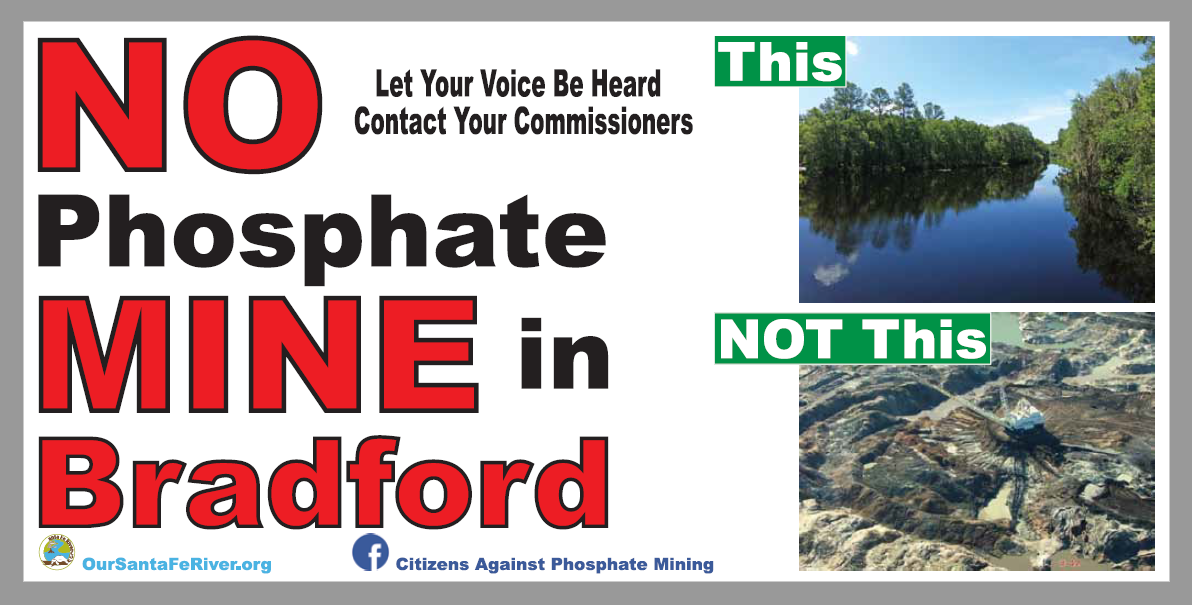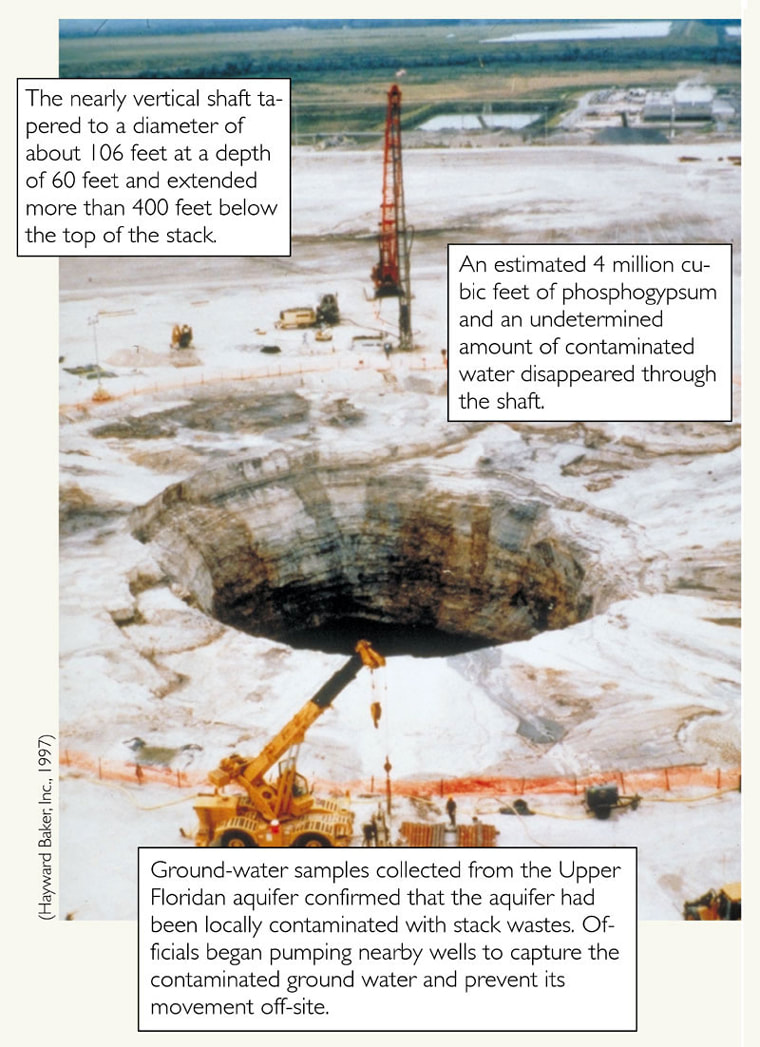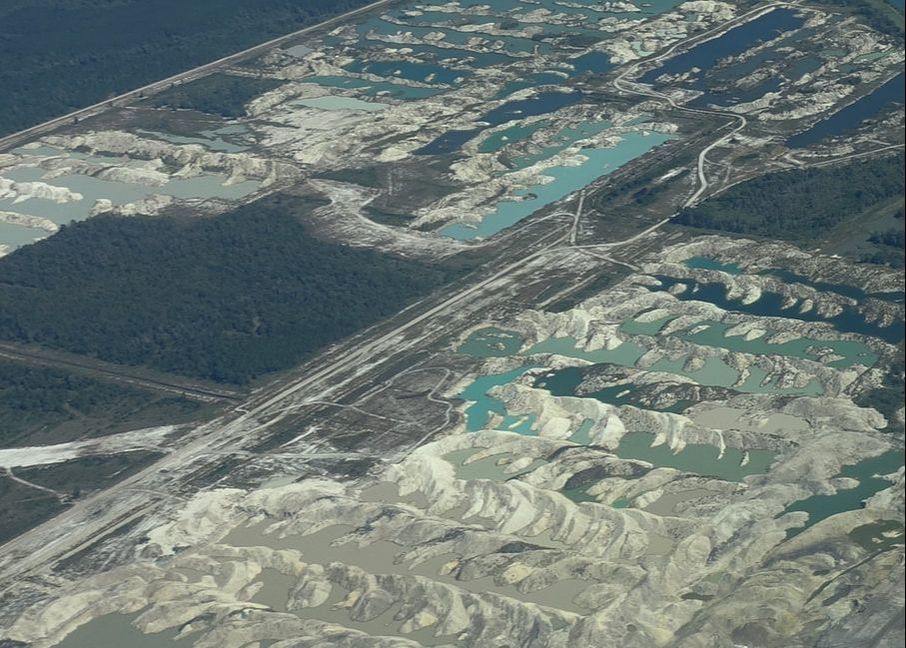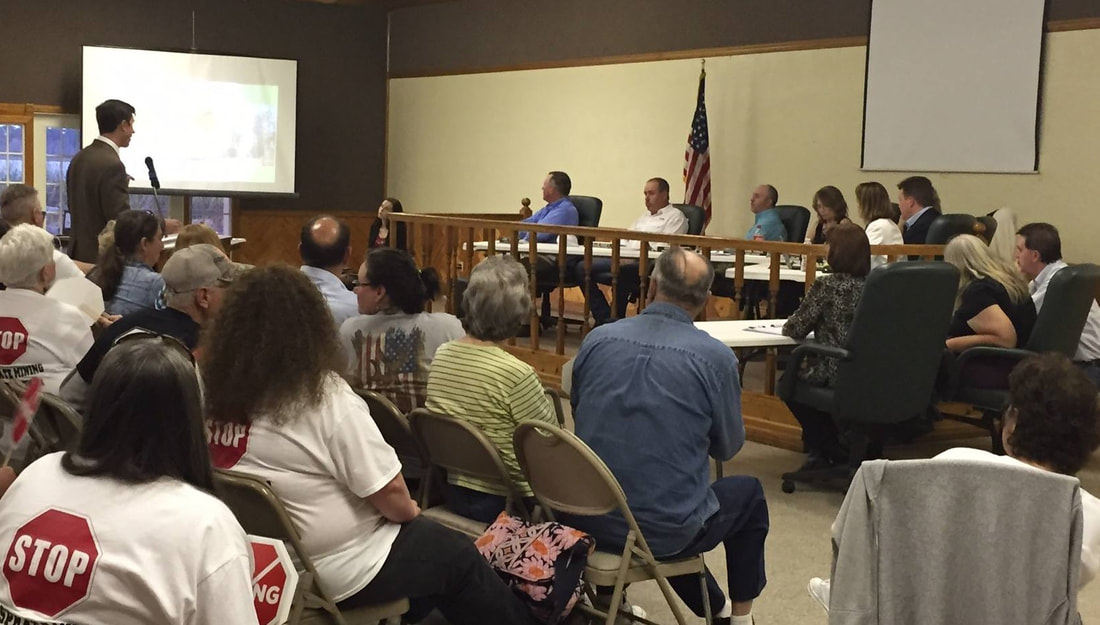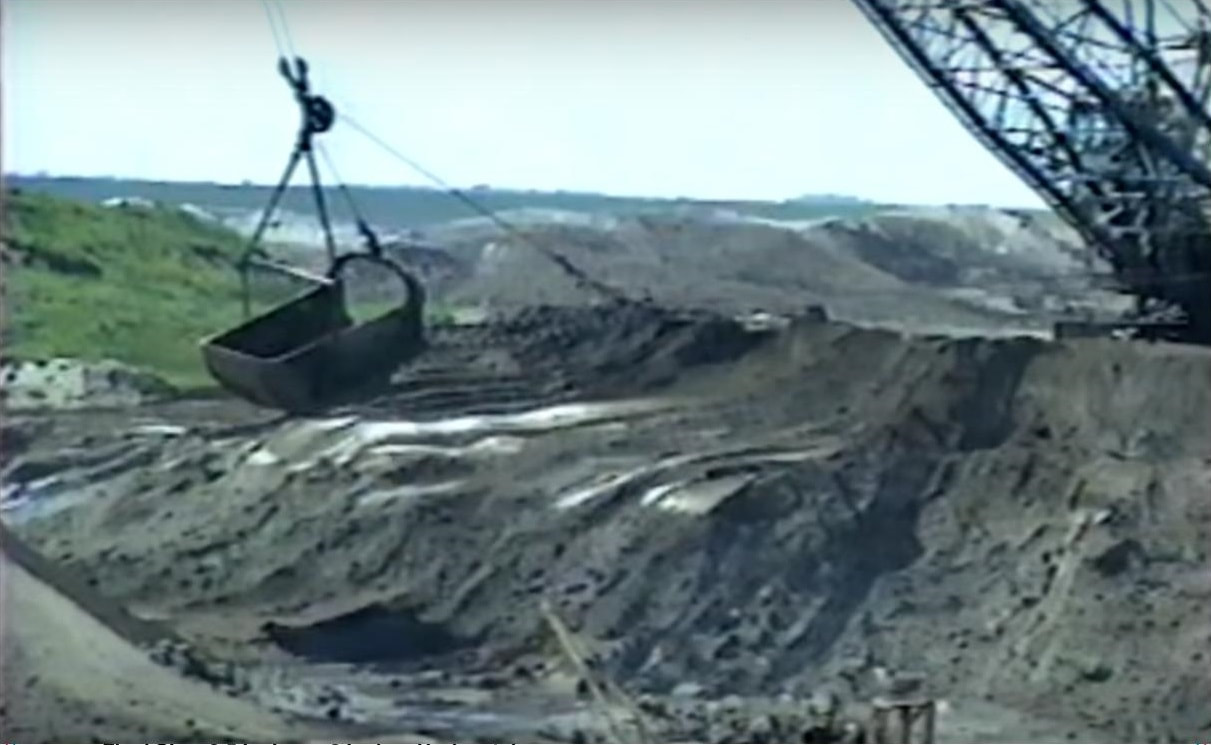New River --> Santa Fe RiverThe area around Brooker , where the New River and the Santa Fe come together, would be a processing site & a transfer station, and as such will be perhaps the most heavily polluted site. New River feeds the Santa Fe which feeds the Suwannee. All 3 rivers would be heavily, significantly impacted. Air quality and environmental degradation from radon dust cannot be avoided.
|
